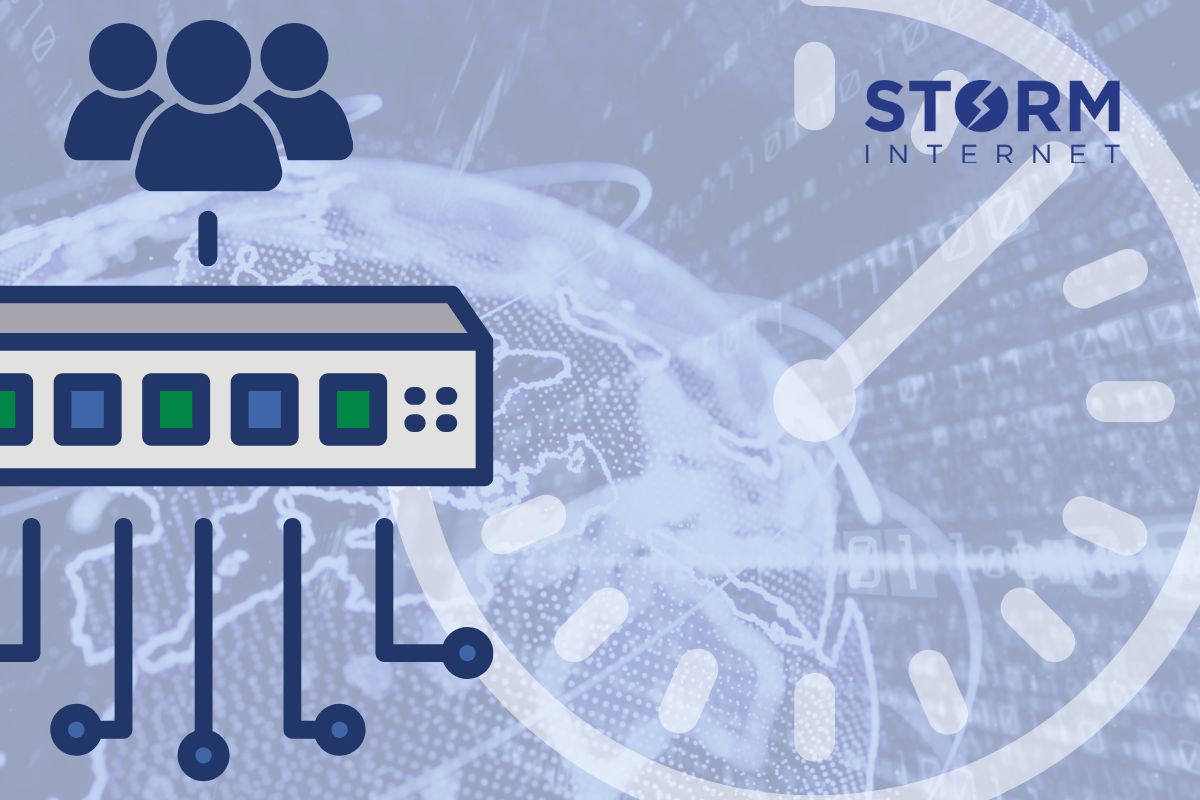Managed DevOps
Proactive vs. Reactive: Strategies in DevOps

The cost associated with downtime, data loss, or inadequate user experiences is increasing. No longer are those statistical figures mere statistics or only within the purview of big companies with big tech departments and even bigger budgets; increased competition, tougher audience expectations, and a rapidly evolving threat landscape are putting pressure on businesses to ensure that it is business as usual 24/7 without so much as a hiccup.
To help businesses meet these tough requirements DevOps includes proactive and reactive strategies. Proactive strategies seek to prevent problems from occurring. Reactive strategies, on the other hand, aim to resolve problems that have occurred quickly and effectively. The ideal is a balance between both types of strategies to minimise the potential for errors, but also to remain prepared should they occur.
Proactive Strategies in DevOps
Proactive strategies in DevOps focuses on taking preemptive measures to deliver continuous smooth operation, security, and scalability of applications and of the organisation’s infrastructure. The goal of these strategies is to reduce the potential of issues occuring to lessen (or even eliminate) the potential for downtime, boost performance, and deliver a seamless user experience. Proactive measures include continuous monitoring, automated testing, regular updates, capacity planning, and implementing robust security practices.
- Continuous monitoring: This involves continuous tracking of the performance, availability, and health of applications and infrastructure. Prometheus, Grafana, and Nagios are some of the tools that can be used to track these metrics.
- Automated testing: Automated testing in the CI/CD pipeline can help evaluate code changes for bugs, security vulnerabilities, and performance issues. This includes unit tests, integration tests, and end-to-end tests.
- Regular updates and patching: Updating all software components regularly with the latest patches and versions is crucial for security and performance. This includes updating operating systems, applications, libraries, and dependencies.
- Capacity planning: Proactively planning for future growth by automating resource scaling can ensure adequate resource availability to prevent performance bottlenecks and ensure that the infrastructure can handle increased traffic.
- Security practices: Regular PCI vulnerability scans, code reviews, and penetration testing can help identify and mitigate security risks.
Managed DevOps: a proactive example
A company that has experienced a major outage during peak usage due to server overload signs up with a managed DevOps provider to avoid a recurrence of significant downtime, customer complaints, and a loss of revenue.
Continuous monitoring is enabled with the use of software that allows the service provider’s DevOps team to track server performance and receive alerts about potential issues before they escalate.
Next, the service provider can also integrate automated testing into the company’s CI/CD pipeline. Every time a developer pushes new code, a suite of automated tests runs to catch bugs and performance issues. This ensures that only stable and reliable code is deployed to production.
A regular update schedule for all the company’s software components ensures they are always running the latest software versions and security patches. The service provider’s capacity planning tools can analyse usage patterns and predict future resource requirements which can help with proactive infrastructure scaling.
With all these proactive measures in place, sudden traffic spikes, for example, are picked up by the monitoring system and can alert the team. At the same time, automated scaling will add more servers to handle the increased traffic. The result is zero downtime, complaints, or loss of revenue.
Reactive Strategies in DevOps
With reactive strategies, DevOps responds to issues or performance problems after they have occurred. The immediate goal is to mitigate potential damage or data loss, restore services to a fully operational state, and pinpoint what caused the problem(s) and so prevent future occurrences.
- Incident response: Focuses on managing and resolving unexpected incidents that disrupt services. It includes identifying the issue, communicating with stakeholders, and implementing a fix. Incident response teams are often on-call to ensure rapid resolution.
- Troubleshooting and debugging: DevOps teams need to quickly identify the root cause of incidents by examining logs, metrics, and system behaviour. This involves using debugging tools and techniques to isolate and fix the problem.
- Post-Mortem analysis: After resolving an incident, a detailed analysis (post-mortem) is conducted to understand what went wrong, why it happened, and how it was fixed. This helps in identifying gaps in processes and improving future incident responses.
- Corrective actions: Implementing changes based on lessons learned from incidents to prevent recurrence. This may involve updating documentation, refining monitoring and alerting systems, or changing processes and workflows.
- Rollback mechanisms: Rollback mechanisms provide the ability to revert a deployment that causes issues.They ensure that services can be restored to their previous state or version without prolonged downtime.
Managed DevOps: a reactive example
Here we might consider a company that provides a web-based project management app that becomes unresponsive. Users are experiencing errors and the call volume to the support team escalates.
The managed DevOps provider is alerted of the incident via the monitoring system. A response team is assigned to resolve the issue and to ensure that the customer is kept up to speed at all times.
The response team begins with an examination of the logs and metrics and identifies a spike in database load which correlates with a new deployment. Further investigation reveals that a recent code change introduced a query that was causing the database to lock up under high load. The issue is resolved by rolling back the deployment.
In their post-mortem analysis, the team documents the timeline of events and assesses the root cause (the problematic query).
The response itself is also evaluated to determine whether any changes have to be made to ensure greater efficiency. In this case, the team determines that more robust database query testing should be added to the CI/CD pipeline to catch such issues before deployment. The monitoring and alerting systems can also be refined to detect unusual database loads earlier. Additionally, the incident response playbook is updated to improve coordination and communication during incidents. The team also enhanced their rollback mechanisms, ensuring that any future deployments can be quickly and safely reverted in case of issues.
What to do next
The cost associated with downtime, data loss, or inadequate user experiences is indeed becoming more significant for businesses of all sizes. Increasing competition, higher customer expectations, and an evolving threat landscape demand that businesses maintain seamless operations around the clock. Leveraging managed DevOps services armed with experience in both proactive and reactive strategies can help businesses deliver high availability, security, and performance without requiring large, dedicated in-house tech teams.
Speak with a Storm Expert
Please leave us your details and we'll be in touch shortly
A Trusted Partner








